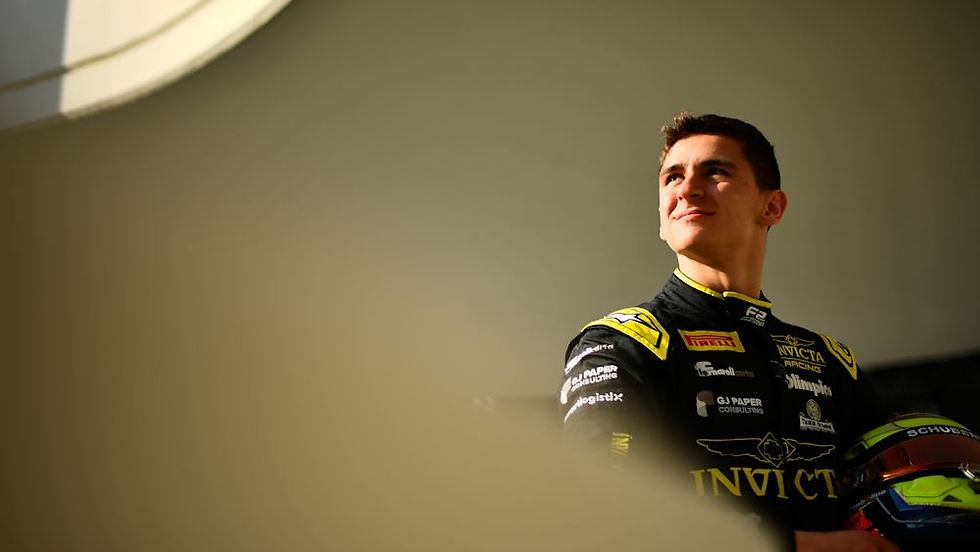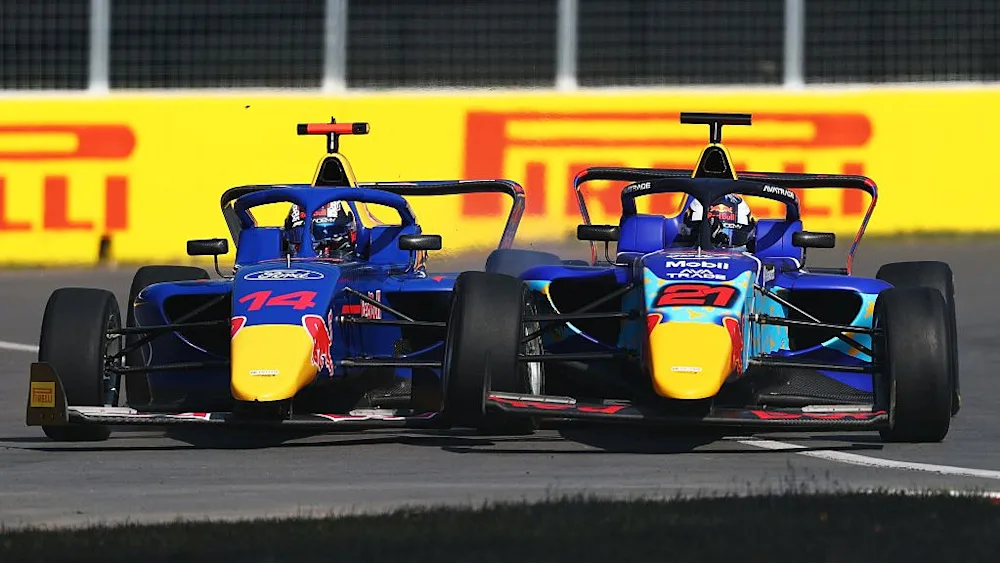Five takeaways: Belgian Grand Prix
- Elaina Russell

- Jul 30
- 3 min read
Written by Elaina Russell

The 2025 Belgian Grand Prix gave us rain, red flags, race-defining strategy calls, and more questions than answers as Formula One charges toward the summer break. From Oscar Piastri’s championship statement to Mercedes’ slow unraveling, the stakes are getting higher across the paddock.
Here are five key takeaways from race day in the Ardennes:
Ferrari’s fight for P2 is alive and kicking
After a rocky start to the year, Ferrari has rediscovered form–and points. With Charles Leclerc returning to the podium and Lewis Hamilton executing a strategic masterpiece, the Scuderia now sits just 22 points behind Red Bull in the Constructors’ Championship. Hamilton’s integration into the team seems to be bearing fruit, and if they can sustain this rhythm through Hungary and Zandvoort, P2 is firmly in play.
Red Bull’s wiiing setup backfires again
Max Verstappen may have won the Sprint, but his Grand Prix Sunday told a different story. The team’s low-downforce setup failed to deliver in drying conditions, and Verstappen struggled to keep pace with the McLarens. It’s not the first time Red Bull’s gamble with aerodynamic balance has come back to bite–and with Tsunoda finishing out of the points again, Red Bull’s margin in both championships is shrinking.
Tyre trouble? Pirelli faces familiar heat
Pirelli’s Spa experiment was supposed to introduce a new layer of strategic nuance. Instead, Sunday’s mixed conditions all but erased the intended impact of the compound ‘step’ between the hard and medium tyres.
Still, the underlying issue remains: drivers continue to struggle with degradation and narrow performance windows. Spa might not have been the perfect testing ground, but it’s revealed once again how little room modern F1 leaves for tyre unpredictability.

Mercedes is still lost–and they know it
George Russell was blunt after the race: “We need to understand why we've lost so much pace in recent races.” While P5 on paper looks respectable, it masked a car that simply wasn’t competitive. Kimi Antonelli’s struggles continued, and the team is reportedly considering setup reversions from earlier in the season. For a team that once set the standard, Mercedes now feels directionless.
Will the 2026 regulations slow the slide?
The FIA has billed the 2026 rules overhaul as a much-needed “reset”. But early reactions from drivers have been lukewarm at best. Lance Stroll has described the car as “a bit sad,” while Charles Leclerc said his first experience was “not enjoyable.”
The issues? Massive downforce reductions and a complex new energy deployment system that limits drivers’ ability to push flat-out. The result: cornering will be more technical, energy management more intrusive, and top-end speed more situational.
Still, the FIA insists that changes will eventually close the field and reward driver talent. Some corners–like Eau Rouge–will no longer be flat, reintroducing the kind of variability that F1’s current ground-effect cars have erased.
Looking ahead
Hungary will close out the first half of the season–and it’s shaping up to be a critical round for the likes of Ferrari, Red Bull, and Mercedes as momentum swings ahead of the summer break. The title fight is tightening. The regulation debate is escalating. And the midfield is far from settled.










Comments